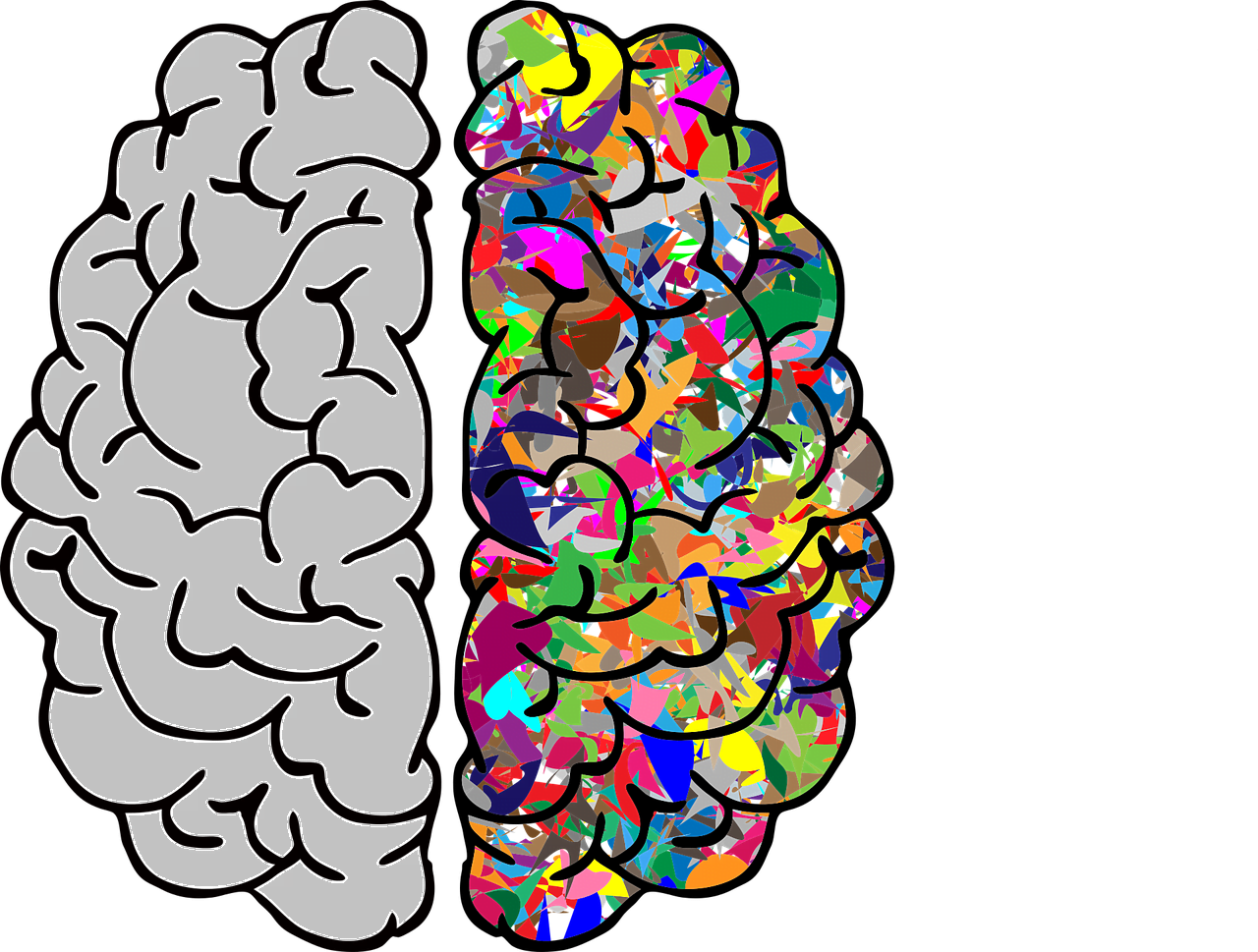Our digital world is creating more and more specialized jobs with unique skills. UX design is a growing field that HR can learn from. Taking on a more UX focused mindset can have a positive impact on HR goals and business objectives.
So what is UX design?
UX stands for “User Experience”. The mission of a UX designer is to ensure a positive experience for the end user of a website or app. They want to minimize frustrations so the consumer wants to come back and use the product or site. A cumbersome experience will deter people from using it regardless of how awesome the product is.
Though, UX design is not just limited to the digital space. In the HR space, we might be more familiar with the concept when it’s applied to ergonomics. Ergonomics is about fitting the work to the worker, so the user experience is super important. An ergonomist and UX designer can be one and the same when it applies to the employee’s physical workspace.
The most effective UX designers put themselves in the shoes of the end user. They put ease of use and efficiency first. The end result should be for the product to be as intuitive and straightforward as possible.
Why should HR think like a UX designer?
Because HR should be thinking with the end user in mind. HR’s biggest end users/stakeholders/customers/clients are the organization’s employees. Thinking like a UX designer will help HR create policies and programs that are people focused.
There are also skills UX designers have that HR should have too. The biggest one is research. Thorough research is vital to creating effective policies that will be beneficial and impactful. Any new initiative needs to be a right fit for the organization’s culture, align with any applicable laws, and meet the needs of the workforce. For research, a UX designer creates a user persona which encompasses the user’s goals, needs, and behaviors. A user persona can be a useful tool for HR as well when trying to design a new program or policy.
Communication and collaboration are key skills as well, which includes listening. The best UX designers listen to the needs of the user, just as HR should listen to the needs of the organization. Effective communication skills are needed to make sure the needs are met. Both HR and UX designers should be business partners which makes collaboration vital. HR should partner with business leaders, legal counsel, finance, and any other key stakeholders to ensure the right decisions are made to achieve business goals.
With HR becoming more focused on the data and systems space, why not start thinking like a digital specialist too?
Have you used an HR dashboard? It creates straightforward visualizations for your metrics that any person, regardless of their position, will understand. It does the tedious process of calculating your metrics real-time so you can focus on the analytics and finding a solution. Sign up today for a free demo of our automated HR dashboard.













Comments are closed.